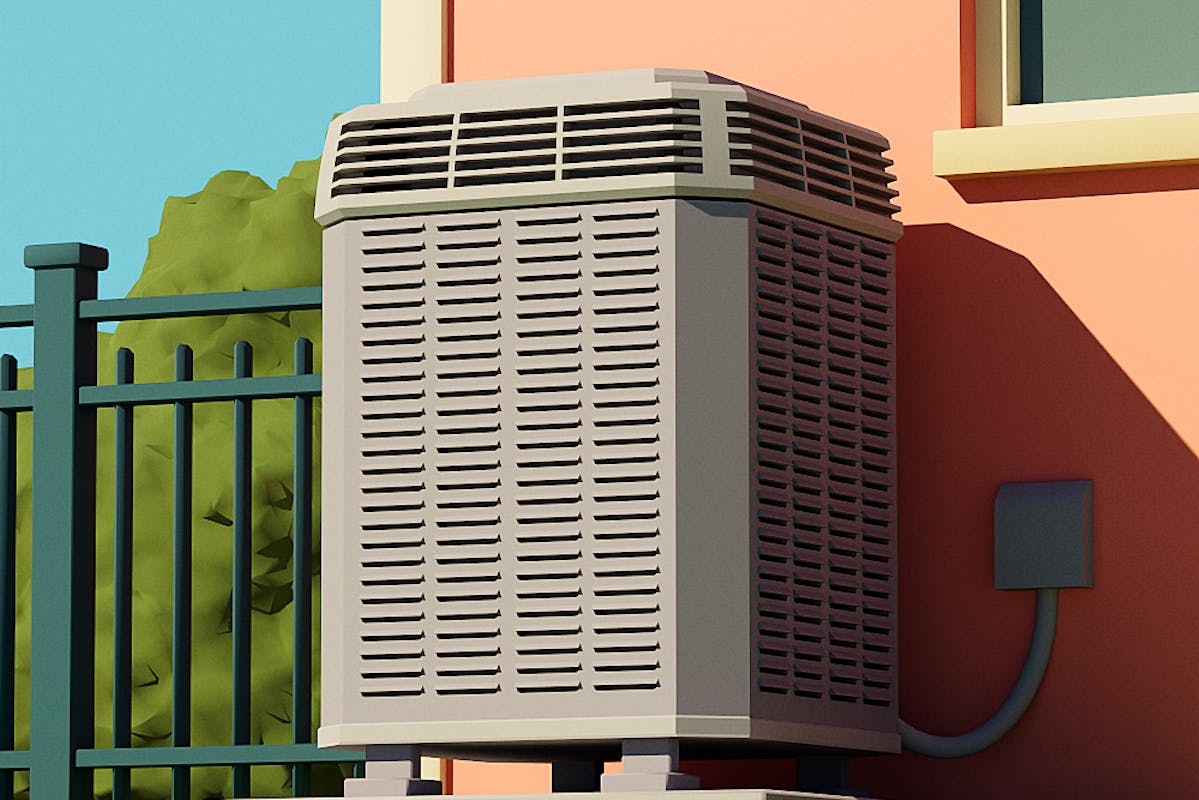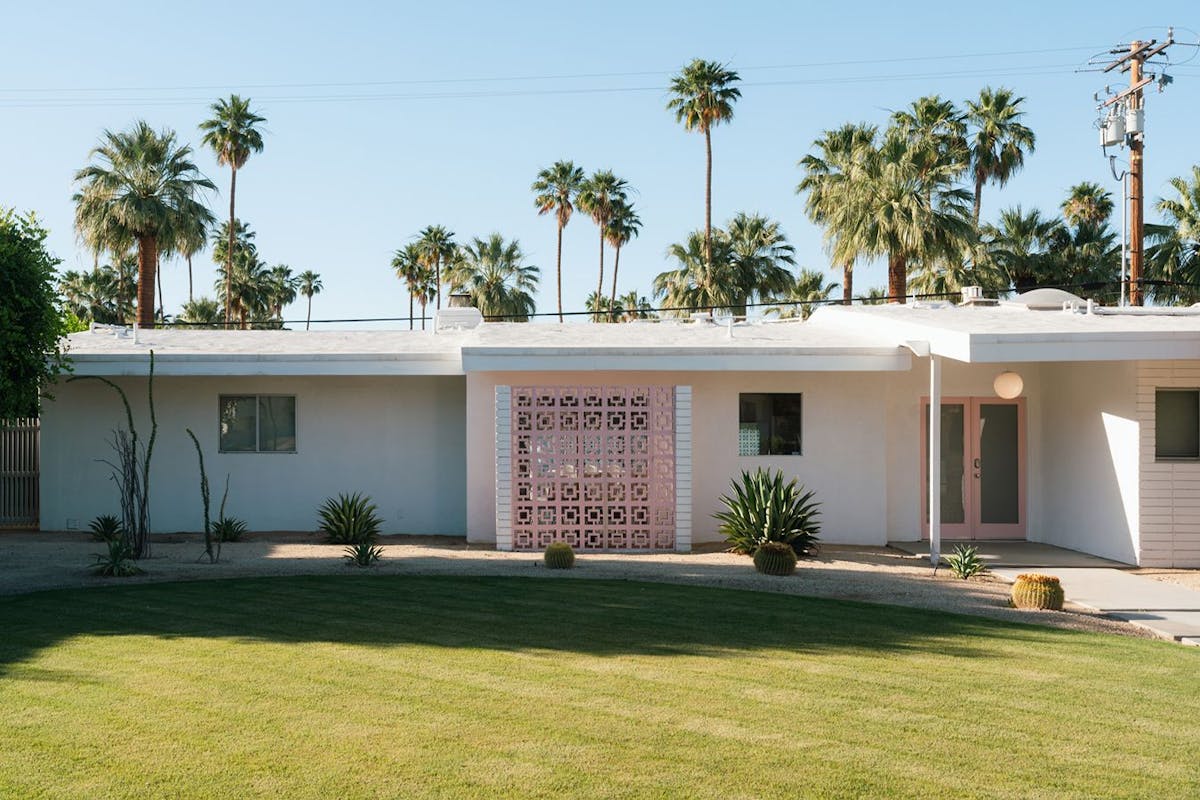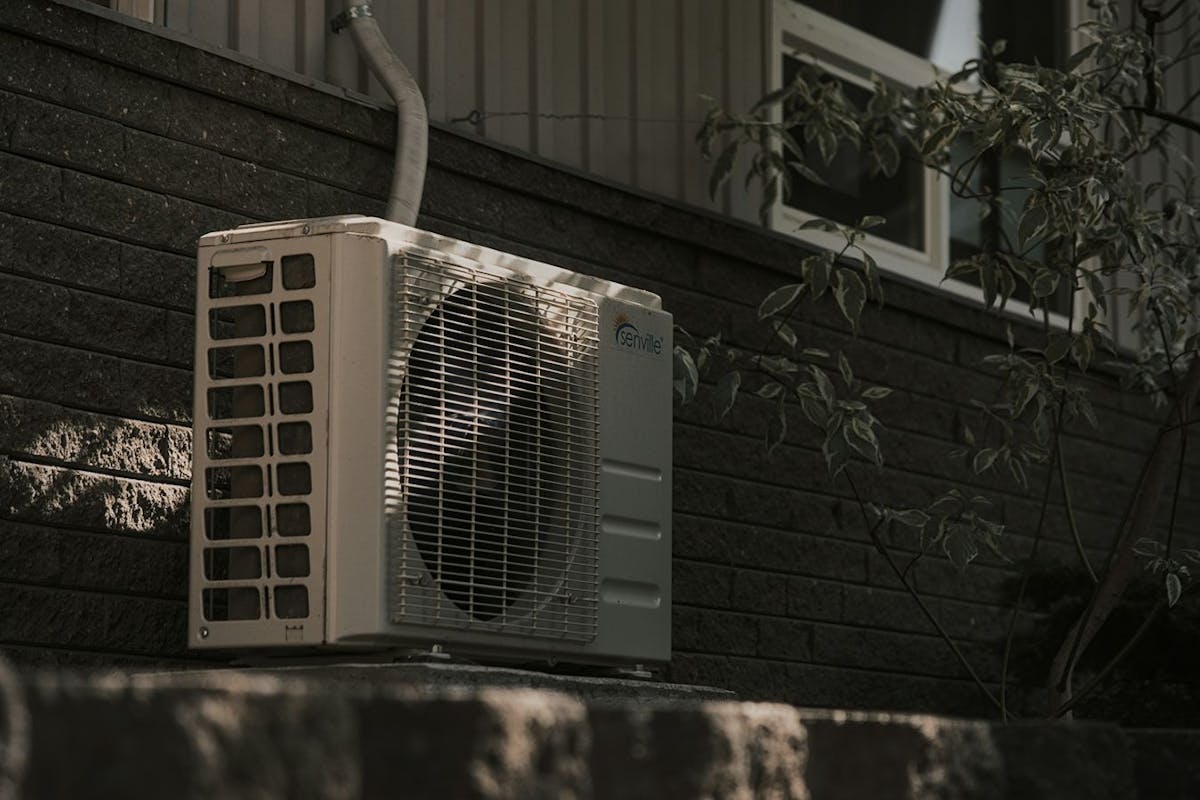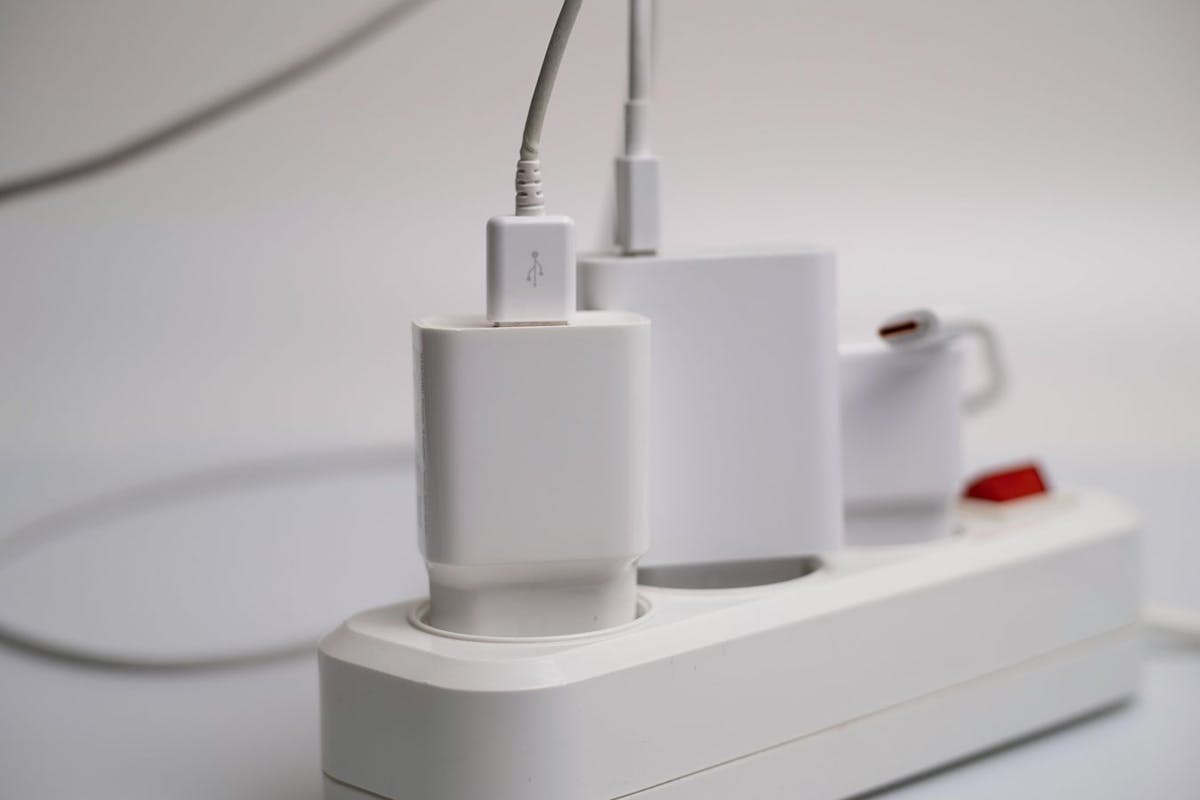Heat Pump Guide: Benefits, Costs, and How They Work
Last edited

Author
Andrew Blok
Electrification and Solar Writer and Editor

Editor
Ryan Barnett
SVP, Policy & New Market Development

Heating and cooling accounts for about 52% of the energy consumption in the average American home. That’s a big expense. It’s also a big opportunity to save.
Switching to a home heat pump, with modern energy efficiency and two-in-one heating and cooling for your home in one system, can save money for most Americans, according to the Department of Energy.
If you have heat pump questions, we’re here to help. Here’s what you need to know about when a heat pump is the best choice for saving and comfort all year-round.
See how much you can save with a new HVAC system from Palmetto
What is a heat pump?
Heat pumps for homes are versatile and energy-efficient heating and cooling appliances that are commercially available all over the world. Based on technology that dates back to the 19th century, heat pumps work by transferring or “pumping” thermal energy between the outdoors and your home to cool or heat your indoor space.
Heat pumps work year-round, transferring warmth in or out of your home depending on the season.

How a home heat pump works
Put simply, heat pumps move heat into or out of your home. It does so via a refrigerant moving through a sealed coil.
When the refrigerant is compressed and condensed it heats up, and heat moves to the air around the coil. When the refrigerant is expanded (or evaporated) it cools down and heat moves from the air to the coil. A fan blowing over the coil heats or cools the air.
Heat pump in cooling mode
In cooling mode, a heat pump works just like an air conditioner. Air is blown across the cold refrigerant coil in your indoor unit. Heat moves from the air into the refrigerant, which carries the heat outside.
The outdoor unit then condenses the refrigerant back into a liquid, which releases heat into the outdoor air. The liquid then passes through the expansion valve to reduce its pressure and cool it even further. This process is repeated until enough warm air has been displaced and desired interior temperatures are achieved.
Heat pump in heating mode
A heat pump's heating mode is essentially the same process as its cooling mode but in reverse. Now, the refrigerant is evaporated in the outdoor coil where it gets so cold that it can suck heat out of the outdoor air, even at cold temperatures. The refrigerant carries that heat indoors and releases it into the home.
In both heating and cooling, the indoor unit’s fan is used to blow the warm or cool air throughout the home. In heating mode, backup electric heat strips can speed up or supplement the process.
Here’s a closer look at the components of a central heat pump for a house.
- Outdoor unit: The outdoor unit of a heat pump is typically installed just outside of a home and looks a lot like the outdoor unit of an air conditioner. It’s where heat is exchanged (absorbed or expelled) with the outside air. The outdoor unit is built to withstand the elements and contains a fan, an exhaust, and a coil that acts as a condenser coil or evaporator coil.
- Indoor unit: A heat pump’s outdoor unit is connected directly to the indoor unit within a home, usually located in a basement or on the first floor. The indoor unit also contains an evaporator/condenser coil to transfer heat and a fan to push the air through the ducts in your home.
- Refrigerant: The refrigerant is a chemical that absorbs or gives off heat as it circulates throughout a heat pump system as either a liquid or gas.
- Compressor: While fans are used to push and pull warm air in a heat pump system, the compressor pressurizes the refrigerant and moves it between the indoor and outdoor coils.
- Reversing pump: The reversing pump changes the flow of the refrigerant to travel in the opposite direction. This transitions the system between cooling and heating settings.
- Expansion valve: The expansion valve, also known as the expansion device, regulates the flow of the refrigerant as it passes through the heat pump, reducing its pressure and temperature.

Different types of heat pumps
While every heat pump transfers thermal energy to move heat in and out of a building, they differ in where they get that energy.
Air-source heat pump
Traditional air-source heat pumps are the most common type of heat pump for house heating and cooling, and operate by transferring heat between your house and the outside air. Air-source heat pumps can be paired with or replace an existing furnace and often have backup electric heating incorporated.
Geothermal heat pump
Also known as ground-source heat pumps or water-source heat pumps, geothermal heat pumps transfer energy between your house and the earth, rather than the outside air. Geothermal heat pumps work well in areas with extreme temperatures as the interior of the earth remains a fairly constant temperature at all times. Because they require digging to bury the outdoor coil, ground-source heat pumps are usually more expensive to install than air-source heat pumps, but are more efficient.
Ducted vs. ductless: Mini-split heat pumps
Besides where they source their heat, heat pumps can also vary in their configuration.
Ducted heat pumps
Ducted heat pumps work on the same principles as a central air conditioner or furnace. Air is heated in one central place and then blown throughout the home via a system of ducts. Ducted heat pumps are a good option for homes that already have a duct system installed.
Ductless heat pumps
Also called mini-split heat pumps, ductless heat pumps forgo the duct system and heat or cool the air directly in the room. The heat pump’s outdoor unit may provide heating or cooling at one or multiple indoor units mounted on an interior wall. Air is blown over the hot or cold coils in those interior units.
Because mini-splits avoid losing energy as the heated or cooled air moves through the ducts, they can be a more efficient option.
Heat pump vs. furnace vs. electric heating
Heat pumps are an alternative to gas and electric furnaces, electric baseboard heating, boilers, and any kind of home heating. They’re the most efficient option and, depending on your local cost of gas and electricity, often the cheapest to run.
Because of their high efficiency, they would also produce fewer emissions for 98% of houses. As the grid gets greener, that number will increase.
Heat pumps, since they don’t burn natural gas, also don’t pose the risk of air quality and health concerns that gas appliances can.
While electric baseboard heating or electric furnaces don’t come with those same health concerns, they can’t compete with heat pumps for efficiency and will be more expensive to run.
While you might hear that heat pumps don’t work in cold climates, newer cold climate models are capable of handling extremely cold temperatures. In the US, many initiatives are being made to update the efficiency standards for furnaces, and California recently voted to eliminate natural gas-powered furnace sales by 2030.
See how much you can save with a new HVAC system from Palmetto
Paying for a heat pump
Heat pumps can come with a higher upfront cost than stand-alone air conditioners or furnaces. However, you only need one machine to handle both heating and cooling, not two. That could save you money later since you only need to maintain and repair one machine.
The cost to install a heat pump will vary widely. The local cost of labor will affect the price some, but the bigger influence on cost will be the size and configuration of your home.
The cost to operate a heat pump will depend on your cost of electricity, the weather, and how well-sealed and insulated your home is.
Download the free Palmetto app to start earning points toward a $1,000 discount on an energy-efficient heat pump. Saving energy and earning rewards is easy and fun with simple tips you can put into action today.
Heat pump incentives
Many homeowners are eligible for tax credits when they install heat pumps. The Energy Efficient Home Improvement Credit lets qualifying homeowners claim tax credits worth 30% the cost of purchasing and installing a heat pump (up to $2,000) as long as it meets certain efficiency requirements and is at your primary residence. The deadline for these tax credits is the end of 2025. Heat pumps installed after will not be eligible.
The Inflation Reduction Act also set aside money states can allocate through rebate programs for energy efficient improvements, including heat pumps. States choose who is eligible for rebates and what technology applies. Check eligibility requirements with your state's program.
Heat pump leasing
Another way to deal with the cost of installing a heat pump is to forgo buying one altogether. Heat pump leasing, such as with the Palmetto Comfort Plan, lets you get a new heat pump and full service and maintenance in exchange for predictable monthly payments.
See how much you can save with a new HVAC system from Palmetto
Pros and cons of heat pumps
Here’s how heat pumps stack up against other HVAC solutions.
Heat pump pros
As energy-efficient, all-in-one devices, heat pumps have many advantages over alternative HVAC systems.
A two-in-one device for all seasons: Heat pumps kill two climate control birds with one stone. Instead of a central air conditioner and a furnace, you can do both jobs with one machine.
Energy efficiency: Heat pumps are the most efficient HVAC option available because they move heat instead of generating it. Heat pumps heat most efficiently at warmer temperatures, but cold climate models are efficient even to very low temperatures.
Cost: Because heat pumps are more efficient than other electric heaters, they’ll be cheaper to run. The cost comparison with gas furnaces is a bit trickier, since gas and electricity can be different prices. Where gas is cheap and electricity expensive, furnaces may be cheaper to run, but a heat pump can be run on home solar panels while a furnace cannot.
Integration with solar panels: When you power your heat pump with rooftop solar panels, you can cover some of your heating and cooling bills.
Volume: Heat pumps can be quieter than older alternatives, especially high-efficiency variable speed models that can run at low, consistent speeds.
Comfort: New variable speed heat pumps can keep your home a more consistent and comfortable temperature, compared to the all or nothing heating method of a furnace.
Heat pump cons
Heat pumps do have a few disadvantages compared to high-performance furnaces, air conditioners, and other HVAC solutions.
Cold weather misinformation: In some colder climates, HVAC installers may be resistant to heat pumps, even though they are used north of the Arctic Circle and modern models can handle frigid temperatures. Still, concerns over cold-weather performance persist. (Heat pumps with backup heat, like a built-in electric heating strip, can handle cold temperatures, though not as efficiently.)
Cost of electricity: In places with high electricity prices, it may be more expensive to heat your home with electricity than gas. Rooftop solar panels can defray that cost.
Installation expense: Heat pumps may be more expensive to install than furnaces. However, heat pumps do the work of a furnace and an air conditioner, potentially saving you maintenance costs, too. They also currently qualify for larger tax credits than other common energy-efficient HVAC equipment and states could offer further rebates for heat pumps.
How to shop for a home heat pump
Here are the main things to consider while shopping for your heat pump.
Heat pump performance
Heat pumps are rated on a few different performance metrics. A local HVAC installer can help you select the right metrics for your location.
Coefficient of performance (COP) is a ratio of how many units of heating or cooling you get for every unit of electricity you put in. For heat pumps, COP varies based on the temperature outside. The higher the COP, the more efficient the heat pump.
Energy efficiency ratio (EER) is a measure of a heat pump’s cooling ability, measured at a specific temperature and humidity. The higher the EER, the more efficient the heat pump.
Seasonal energy efficiency ratio (SEER) measures a heat pump’s cooling ability, too. It aims to measure it over a range of temperatures and humidity, like you might get throughout spring, summer, and fall when the heat pump could be operating in cooling mode. The higher the SEER rating, the more efficient the heat pump.
Heating seasonal performance factor (HSPF) measures a heat pump’s performance over a full heating season. The higher the HSPF, the more efficient the heat pump.
Getting the heat pump with the highest possible efficiency may not be the best choice in all circumstances. While higher-rated heat pumps may be more efficient, in some climates they may not be worth the premium you’ll pay for them.
Type
Depending on your home and current HVAC setup, a ducted or ductless system may be a better choice for your home.
Size
In addition to the physical size of a heat pump, you will also need to pay attention to its power rating. Properly sizing a heat pump can take into account your square footage and the level of insulation and air sealing your house has. You can find quick sizing calculations online, but it’s probably best to get professional input.
Total cost
Before you make a purchase, remember the total cost of your heat pump includes the buying price and the installation cost. This can vary heavily depending on the brand, quality, and size of your equipment as well as the availability, rates, and prices offered by certified, local installers.
Warranty
The length of a heat pump’s warranty can be an indication of its quality.
Major heat pump manufacturers
When shopping for a heat pump for your home, we recommend working with a professional to help you select the best products and services for your home. Some of the top domestic and international heat pump manufacturers include American Standard, Carrier, Mitsubishi, and Trane.
If you’re interested in a heat pump at your home, get a quote from Palmetto or explore the energy impact of one in the free Palmetto app.
See how much you can save with a new HVAC system from Palmetto
Frequently asked questions
Why are heat pumps more efficient than other HVAC systems?
Heat pumps move heat rather than generate it, a much more efficient process. While electric resistance heaters are 100% efficient — all the electricity they consume gets turned into heat — heat pumps can be considered 300% efficient because they move three units of heat for every unit of electricity they consume.
How is a heat pump different from a furnace or an air conditioner?
While furnaces create heat by burning gas or through electric resistance, heat pumps do not actively generate heat. Instead, they move heat indoors from outside during the winter and vice versa in the cooling season.
Do heat pumps work in cold weather?
Yes. Cold climate heat pumps can operate down to very cold external temperatures, and newer models keep improving. Cold climate heat pumps might incorporate another heat source, like a built-in electric heat strip. Work with a knowledgeable local professional to design the best system for your home.
Will heat pumps save you money?
That depends on the heating system you’re replacing, your local cost of electricity and natural gas, and your home’s level of insulation. According to research by two national laboratories, 90% of homes analyzed could reduce their energy bills by switching to a heat pump.
“While savings are generally highest for homes that are currently using heating oil, propane, or older electric equipment, there are also 13 million homes that currently heat with natural gas that would save by switching to a heat pump,” the Department of Energy said.
Disclaimer: This content is for educational purposes only. Palmetto does not provide tax, legal, or accounting advice. Please consult your own tax, legal, and accounting advisors.



